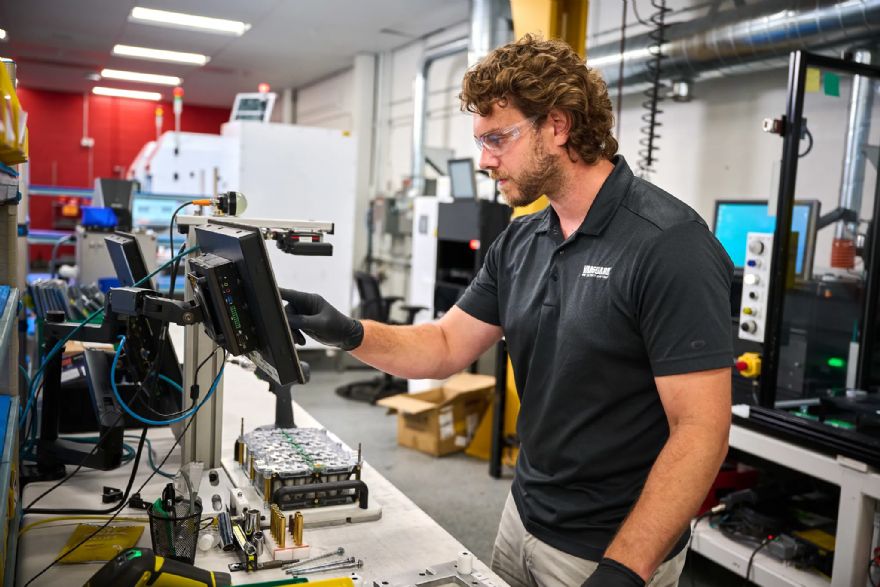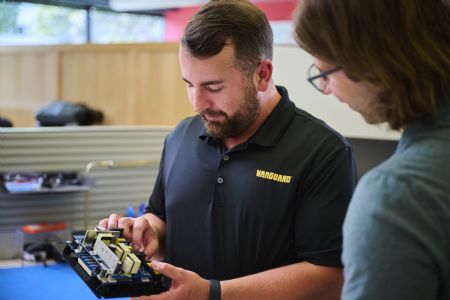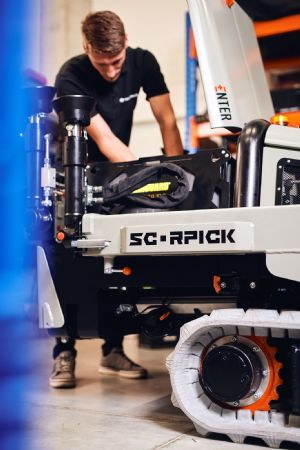
In the current climate, there is growing pressure on original equipment manufacturers (OEMs) to deliver products to market at speed while maintaining high standards and quality. These pressures show across multiple sectors, including agriculture and landscaping, construction and fire and rescue. OEMs need to prioritise dependable suppliers that can implement effective and efficient communication technologies within their machines, and this has led to the implementation of CANbus (Controller Area Network bus) for many suppliers, which is now recognised as a key part of modern machinery when integrating technology between engines and machines.
CANbus allows different components of a machine to communicate with each other via a Controller Area Network (CAN) in real time. In addition, J1939 can be implemented alongside CANbus systems. J1939 is a communication protocol built for CANbus that helps to standardise data exchange between two different components. There are numerous elements that make combining CANbus and J1939 beneficial, including easy integration and monitoring, cross-industry application and both comply with international standards.

A CANbus-based system is advantageous for OEMs as it makes life simpler; it reduces the complexity of wiring which lowers the chances of wiring-related faults and ntegrating new parts can be achieved much faster. Diagnosing and resolving issues is much easier when working with CANbus as the technology helps to hone the search for problems in the right direction. Compatibility between each component is therefore improved permitting the machine to be built modularly. This makes it easily adaptable for scaling or transitioning to different international markets.
Where component suppliers are concerned, CANbus offers a clear route to becoming a trusted partner for OEMs. By designing products that are CANbus-compatible, suppliers can ensure their components are integrated seamlessly into complex machines. CANbus compatibility helps future-proof supplier’s offerings as components that can communicate effectively are in a better position to meet current and future demand. Moreover, compliance with J1939 further enhances their global application by ensuring components meet international standards.
CANbus-enabled components provide greater flexibilityOEMs using CANbus and J1i939 can still face challenges. Development cycles are shortened due to the new efficiencies, which puts pressure on engineering resources to integrate new systems. Also, a lack of supplier-side documentation and support can also sometimes mean OEMs are left to figure out integration on their own, which may cause operating delays. These challenges can be addressed by sourcing components that are already CANbus-enabled. These components can be connected directly, accelerating development cycles and reducing time to market. CANbus-enabled components also give OEMs greater flexibility when designing machines, as they are easier to combine with other compatible systems. This reduces the likelihood of compatibility issues later on.
Suppliers across the industry are responding to these demands. Vanguard, the commercial power brand of
Briggs & Stratton, for example, offers CANbus-ready petrol engines and battery systems. CANbus has become a cornerstone of modern machine design across industries worldwide. First proven in the automotive sector, the technology is now applied to a wide range of smaller machines in agriculture, construction, landscaping and emergency services.

Vanguard’s CANbus-compatible technology is already in use across a range of industries. In agriculture and landscaping, the Ferris FRC7 hybrid slope mower uses a 23hp CANbus-capable Vanguard EFI engine and offers reliable performance for turf and landscaping equipment. While the ELIET Prof 6 On Wheels shredder runs on either Vanguard fixed or swappable commercial batteries or combustion engines. In fire and rescue, the Rosenbauer Power Aggregate uses the Vanguard 37-horsepower EFI engine to provide dependability, and rapid start in high-pressure situations. Meanwhile, in construction, Kovo Vuijtek’s Scorpick ENTER pick and carry crane powered by two Vanguard fixed batteries is an innovation that scores especially well for indoor applications.
CANbus and J1939 have transformed how OEMs configure their machines. No matter the industry, CANbus is an essential communication tool to ensure reliability, efficiency and future-proofing of machines and understanding how the technology works brings a multitude of benefits. For component suppliers, ensuring their products are CANbus compatible allows for an increase in applications and markets to deliver to. With CANbus, OEMs can trust in the component suppliers power solutions to fit easily, efficiently and be easily monitored by the operator.
Steffen Hoffmann, an engineer at Briggs & Stratton’s Power Application Centre Europe (PACE), concluded: “As machinery becomes more complex, the ability for components to communicate with each other is essential. CANbus as a common language creates not only additional integration options, it enables suppliers to deliver future-ready solutions. For engineers, that means less time spent on individual solutions and more focus on developing innovative applications.”